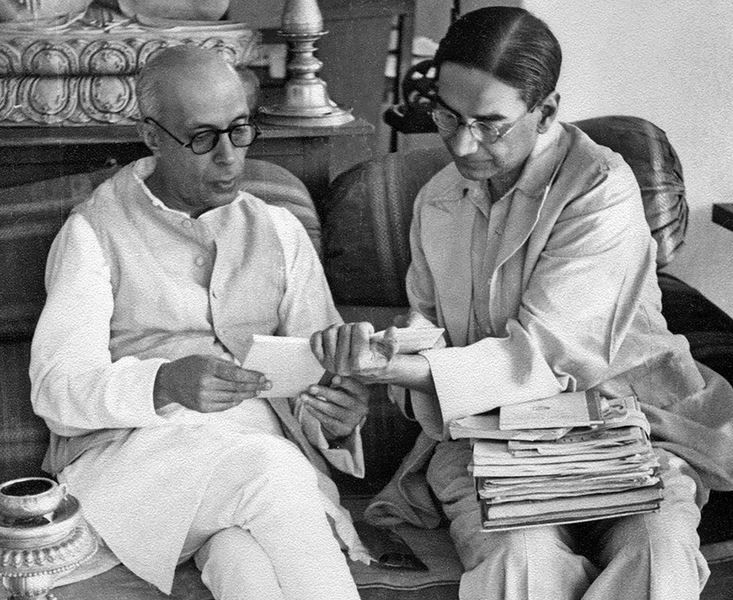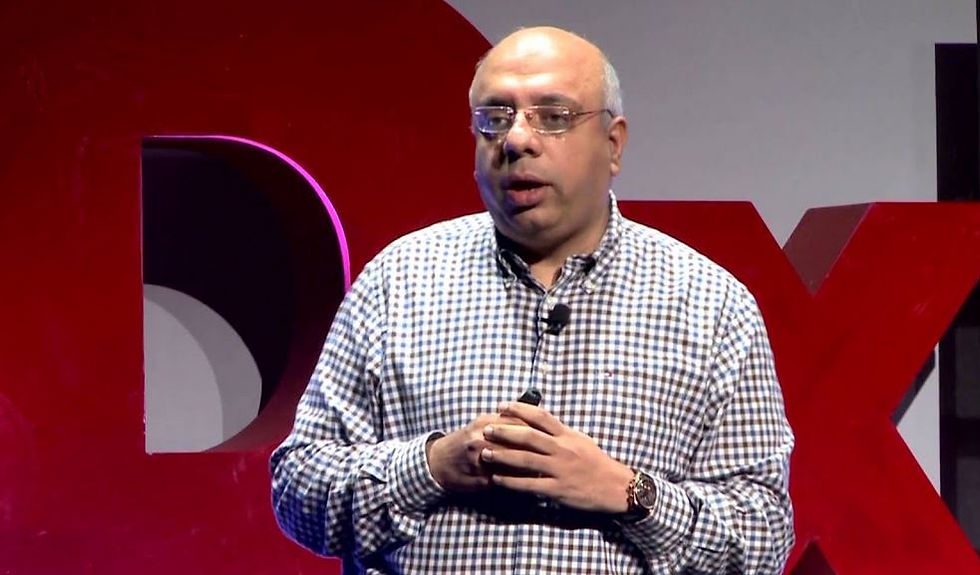National Sample Survey: How India taught the world the art of collecting data
- zarasushmaa
- Jun 30, 2022
- 1 min read

Indian data is staring at a credibility crisis with official numbers on a range of subjects - from Covid deaths to jobs - being questioned by independent experts. But not too long ago, the country was seen as a world leader in data collection, writes author and historian Nikhil Menon.
Soon after India became independent from British rule, the country took inspiration from the Soviet Union to organise its economy - through centralised five-year plans. This made it imperative for policymakers to have access to accurate, granular information about India's economy.
Here, India faced a problem - as its first Prime Minister Jawaharlal Nehru put it, "we have no data", because of which "we function largely in the dark". Setting up a vast data infrastructure was meant to turn on the lights.
Why India's real Covid toll may never be known
What the data says about love and marriage in India
Perhaps the most transformative of the changes introduced was the National Sample Survey, which was established in 1950. It was intended to be a series of sprawling, nationwide surveys that captured information on all aspects of the economic life of citizens.
The idea behind this was that since it would be impossible (or prohibitively expensive) to collect statistics from every household across the nation, it was better to develop a robust and representative sample so that the whole could be calculated from a small fraction.
It was, according to an assessment published by the Hindustan Times newspaper in 1953, "the biggest and most comprehensive sampling inquiry ever undertaken in any country in the world".



Comments